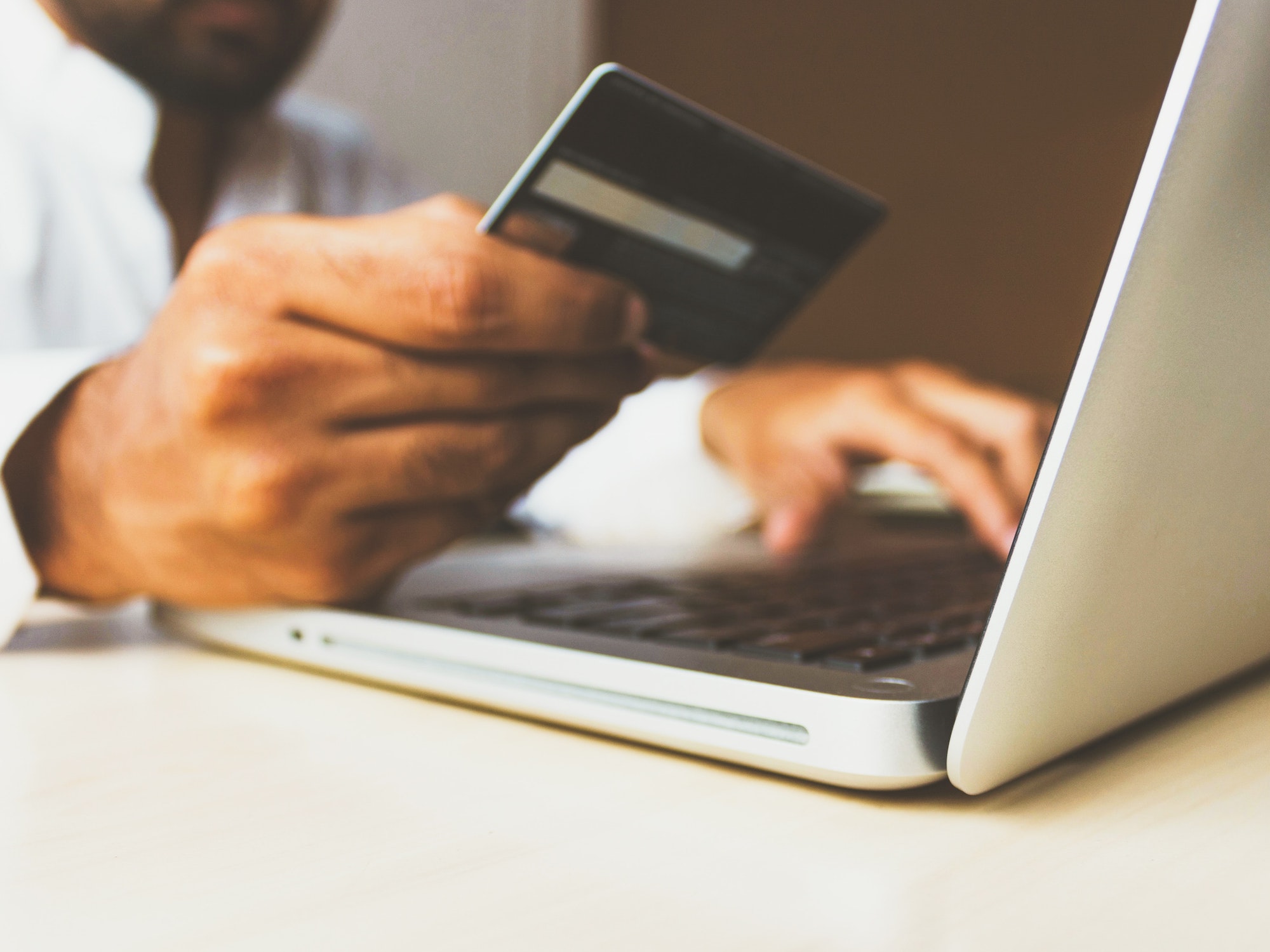

The Federal Reserve announced earlier this week it expects its FedNow Service, a new online system facilitating instant, digital monetary transactions between people and businesses, to come online sometime between May and July 2023. The release could mark a major moment within the financial sector as it, hypothetically, could drastically undercut the need for third-party digital payment systems and commonplace transaction fees. It could potentially either pave the way for a Central Bank Digital Currency (CBDC), or bypass the need for one entirely.
“The benefits of instant payments are increasingly important to consumers and businesses, and the ability to provide this service will be critical for financial institutions to remain competitive,” explained Ken Montgomery, Federal Reserve Bank of Boston first vice president and FedNow Service program executive, in this week’s statement.
[Related: Are digital dollars the future of money?]
Consumers already have numerous digital transaction systems from both banks and third-party businesses available to them, but none of us have direct access to central bank funds like those intermediaries. Utilizing a system like FedNow creates that direct access, rendering those transactions nearly instantaneous. Also it could cut out the existing fees attached to many current services. This wouldn’t necessarily negate the need for private banking institutions, but rather offer an alternative for people deterred by minimum balance requirements and annual fees.
Supporters also cite its potential to reduce many people’s longstanding reliance on predatory payday loans, and provide the government with a means to issue direct payments to citizens in times of economic or environmental crisis. For instance, the Fed would have been able to send immediate COVID-19 stimulus payments to millions of Americans last year, instead of sending out physical checks or delaying the process by going through private banks. Those same kinds of instant payments could also prove vital following environmental disasters like hurricanes and tornadoes.
[Related: Paying with your phone is safe and convenient. Here’s how to start.]
Of course, not everyone is going to be on board with a centralized digital payment system. Opponents have cited concerns ranging from privacy worries, to political and economic ideologies, to actual issues with access. After all, something like FedNow will require smart devices that millions of Americans still do not possess. If everything proceeds on schedule, consumers may see a very different financial landscape emerging by this time next year.
